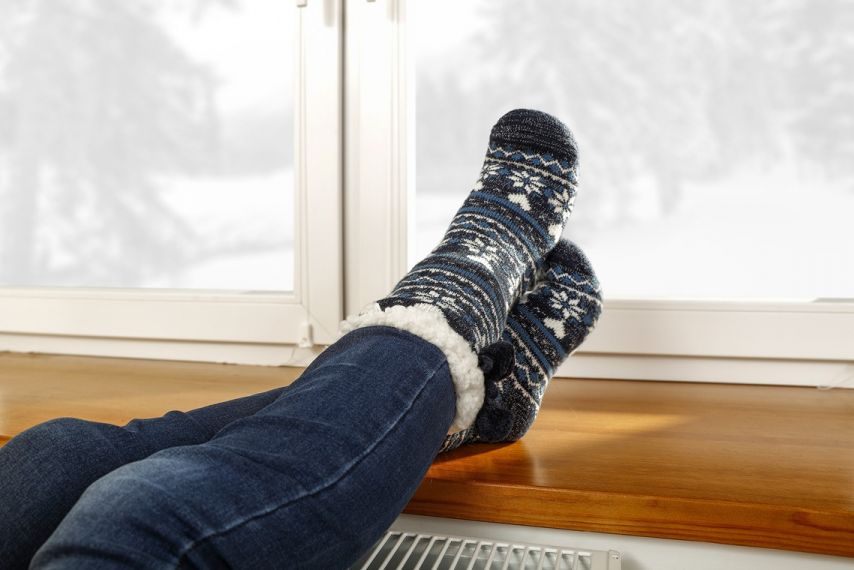5 Steps to Winterize Your Home
Share this article:

As temperatures begin to drop across Middle Tennessee, consider taking some time to winterize your home. This preparation not only ensures your home is ready for the winter season, but it can also help save on energy costs and prevent future damage to your house, saving you money in the long run. Here are five simple steps you can take to winterize your home this year.
Seal your home
Keep winter winds outside of your home by making it as airtight as possible. Give your house a quick run-through, checking for visible and hidden drafts in the following areas:
- Windows
- Doors
- Vents and fans
- Plumbing areas
- Air conditioners
- Mail chutes
- Electrical and gas lines
Seal up any holes you find, and reinforce existing points of entry with weather stripping, which you can find at most local hardware stores.
Clean the guttersand inspect your roof
If your gutters are clogged, they can freeze and block the drainage, potentially causing ice dams and roof damage. Prevent this by clearing leaves and other debris from your gutters or consider installing a gutter guard. Additionally, be sure your roof is patched, and your attic is properly insulated. Your attic should be about 10 degrees warmer than outside to minimize heat loss.
Reverse your ceiling fans
Flick the reverse switch on your ceiling fans to make the blades spin in a clockwise direction instead of counterclockwise. This way, the fans will produce an updraft, which will push the rising hot air down so it can keep the entire room warm.
This is especially crucial in rooms that have high ceilings or are two stories high. You might find that putting your ceiling fans to work allows you to lower your thermostat by a couple degrees, reducing your energy bill.
Protect the pipes and check your heating system
When temperatures drop below freezing, run all faucets periodically to prevent pipes from freezing and cracking. For kitchen and bathroom sinks, consider opening the cabinet doors so warmer air can reach the pipes. Additionally, wrap any exposed piping in foam rubber or fiberglass sleeves to provide extra insulation. Chimneys, furnaces, and any other sort of HVAC system should be serviced at least once a year. In very cold temperatures, it’s recommended to keep your heat on even when you are not home to prevent pipes from freezing or bursting. If anything needs repairs, tend to it now while it’s still warmer out.
Clear the yard
Take a walk around the exterior of your home and inspect nearby trees and bushes for low-hanging or loose branches that are close to your house. Prune any branches that could break under the weight of snow or in strong winds to avoid potential damage. You should also ensure that any outdoor grills or furniture are properly stored or covered.
With these five steps, you are well on your way to protecting your home this winter. While there are many more steps you can take in the winterizing process, these five will set you on the right track to maximizing the long-term value of your home. And if you’re considering larger repairs or renovations, a HELOC or home equity loan could help fund these improvements.



